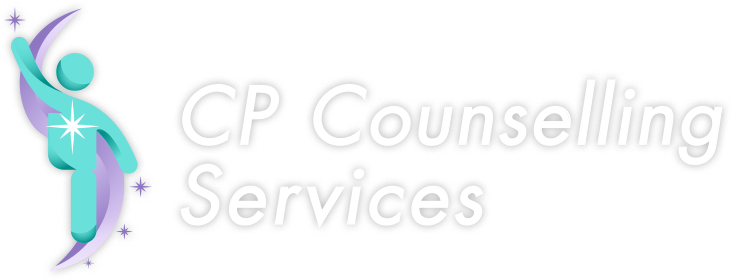Living with Chronic Pain
An estimated range of 16 - 41% of Canadians suffer from chronic pain1. Despite recent scientific and technological advances in the past 40 years in the understanding of pain mechanisms and in pain diagnosis and management, chronic pain remains in epidemic proportions in most countries2. As these pain conditions persist over time, the ability to cope becomes taxed and depleted. Consequently, psychological wellness can suffer tremendously.
Researchers recognize that chronic pain is poorly managed in Canada and that reasons for this include under-recognition of the problem, a lack of education in graduating healthcare professionals, and grossly inadequate funding for research2. Canadians cannot be assured they will receive either adequate or appropriate pain treatment along the continuum of care from community health professionals to specialists in health care institutions3.
The consequences of unrelieved pain can include depression, anxiety, impaired or restricted function, sleep and appetite disturbances, demoralization, and feelings of helplessness and hopelessness. “There is double the risk of suicide in chronic pain patients compared with people without chronic pain”4(p576) and “suicide rates remain higher even when controlling for mental illness”5(p204). This is not surprising considering chronic pain sufferers can also experience major negative life events such as job loss, decreased financial resources, an increased stress upon families, a loss of engagement in former activities -- not to mention an erosion of identity and sense of self.
However, with a combination of appropriate medical care, professional counselling, and emotional support, chronic pain can be successfully managed.
References
- Schopflocher, D., Taenzer, P., & Jovey, R. (2011) The prevalence of chronic pain in Canada. Pain Research & Management, 16: 445-450.
- Sessle., B. (2011) Unrelieved pain: A crisis. Pain Research & Management, 16(6):416-420.
- Lynch, M. (2011). The need for a Canadian pain strategy. Pain Research & Management. Mar-Apr, Vol. 16, No. 2, pp. 77-80.
- Tang, N.K., & Crane, C. (2006) Suicidality in chronic pain: a review of the prevalence, risk factors and psychological links. Psychological Medicine, 36 (5):576-86.
- Ratcliffe, G.E., Enns, M.W., Belik S., & Sareen J. (2008) Chronic pain conditions and suicidal ideation and suicide attempts: An epidemiologic perspective. Clinical Journal of Pain. Vol. 24:204–210.


